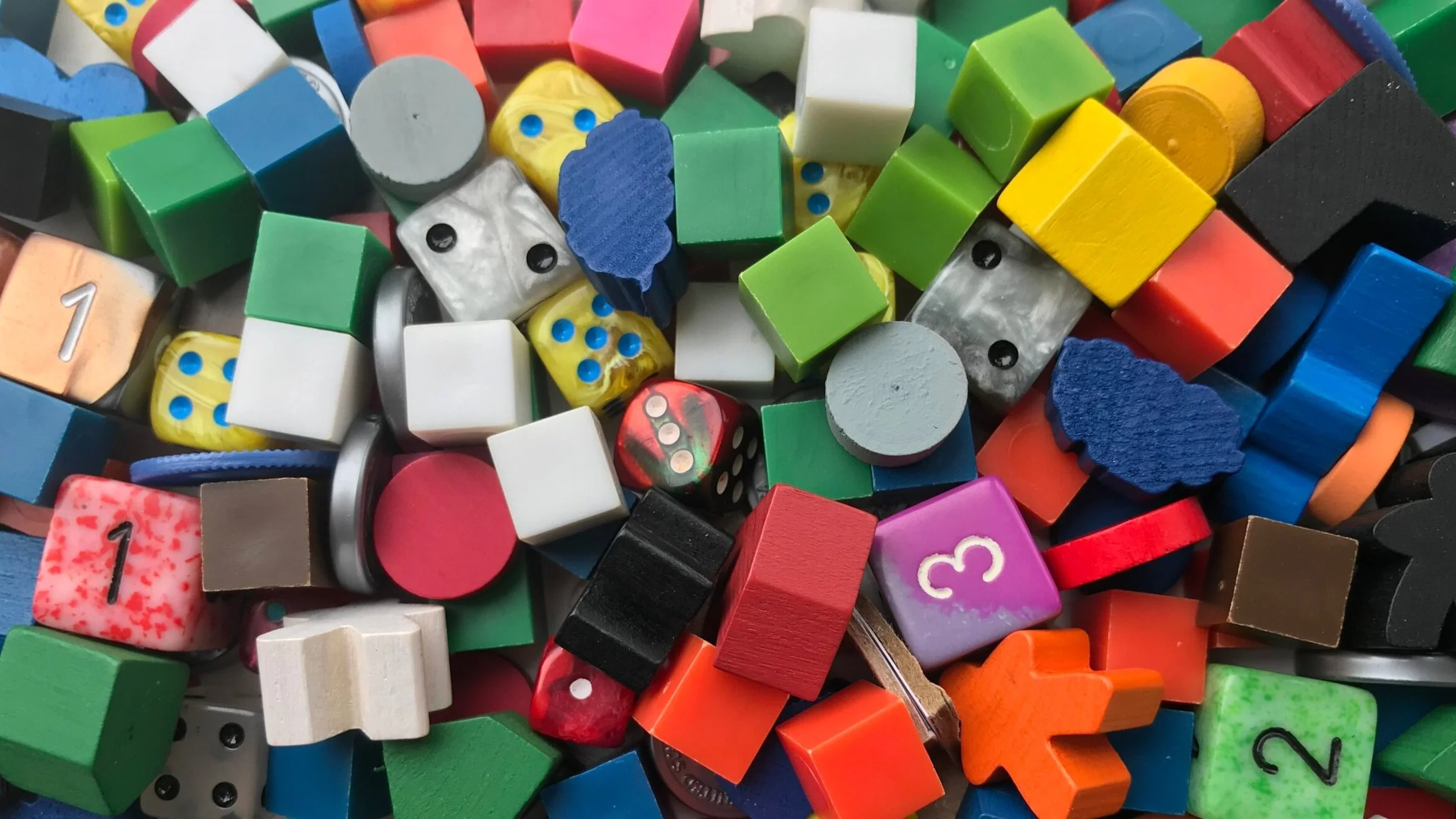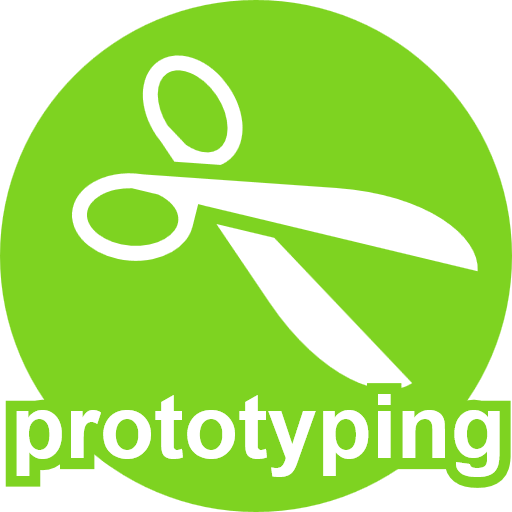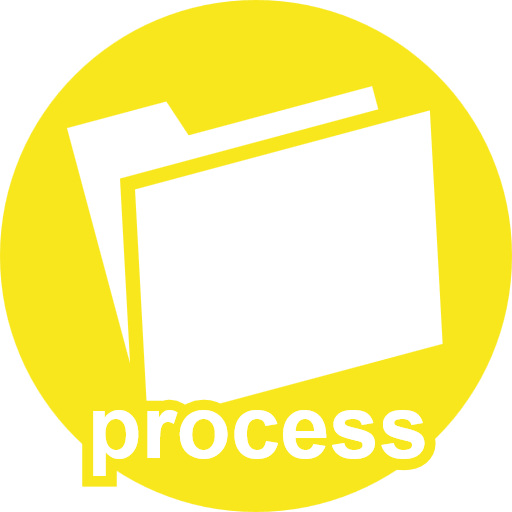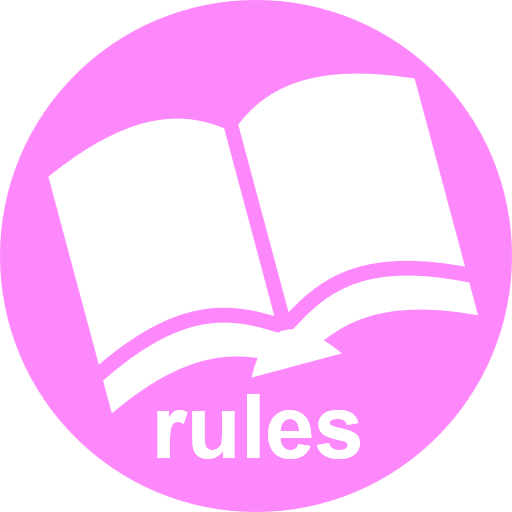Meaningful Decisions: Matthew O'Malley on Design Choices in Diner
/In our Meaningful Decisions series, we ask designers about the design choices they made while creating their games, and what lessons other designers can take away from those decisions.
In this edition, we talk with Matthew O’Malley, the designer of Diner, about designing for contests, real-time games, real-world themes and more.
Diner was created for a design contest. How did this affect your approach and the design choices you made?
Pretty much every decision that was made had to do with the contest. If I’m designing on my own, I usually have myself in mind as an audience. When designing for this contest, I always had the judges and the publisher’s customers in mind as an audience.
I also had to keep in mind the constraints of this particular contest, which was that the game was supposed to use only 54 cards. That specific rule I actually broke just a little bit, because Diner also requires 5 tokens to play, but when I submitted the game, those 5 tokens were suggested to be anything the players had sitting around, ideally diner-themed: sugar packets, spoons, etc.
What are the pros and cons of designing within a set of constraints, either self-imposed or for a contest?
I don’t think there are any cons. Constraints lead to innovation and interesting combinations of previous ideas. It is possible though to hold too tightly to constraints, which could be to the detriment of the game. If you’re designing a game that just begs to go a certain direction, even if you had some constraints in mind, I think you should let the game take on its own life and see where it takes you.
The double-sided cards came directly out of the contest’s constraints. These cards were inspired by Bohnanza, which has the beans and their sets on one side and coins on the other. The table side of the cards in Diner are both the coins (the tip as reward) and the order you have to fill (which is the set collection bean side in Bohnanza). The plate side of the cards in Diner are the bean side but without anything else. While the cards are multi-use, there isn’t a decision about which way to use them, because that would have added too much complexity in a real-time game.
Any advice for designers who are working on a game for a contest?
Read the instructions. Then read them again.
Ideally, start working on a brand new design specifically for the contest, rather than trying to make a pre-existing design fit the guidelines.
If you can, learn as much as possible about the judges. This isn’t some trick, it’s because you need to know your audience. Every game is targeted towards certain players. A contest is easier than most, because you can be really specific about your audience. If it’s for a specific publisher who’s well-known for quick, short, thematic games, don’t present them with your three-hour abstract masterpiece. Even if it falls within the contest guidelines, it’s not likely to win.
Was Diner always a real-time game, and how and why did you settle on the game's action token system?
Diner was not originally a real-time game. Originally, you were gathering plates for tables (with the same double-sided cards), but the cards would rotate after every player’s turn, “aging” and getting less and less valuable. This was meant to mimic the tip a table would give based on how quickly they were served.
While it worked, it wound up being pretty slow and required a fair bit of upkeep.
I was playtesting the game at a Table Treasure Games meeting when Josh Tempkin suggested adding action tokens to the game. Josh did a huge amount of research on real-time games while developing his game WarTime (excellent game, by the way). I believe the idea of turn tokens originated in Tom Jolly’s Camelot in 2005, though I didn’t know it at the time.
We tried out Diner with action tokens a few times, and it added a lot of excitement to the game, and really made the players feel more like they were in the world of the theme. Then it just became a matter of figuring out how exactly to make them work, and the right quantity, and how to make everything else fit together.
I had also played your game Tessen earlier that year, and really enjoyed it, and I remember discussing with you whether there was a way to make it multiplayer (for more than two players). Diner with the action tokens satisfied that design itch.
How can a designer know if their game would be better as a real-time game or turn-based?
I think the trick is to figure out which works better for the theme, and follow up with how you want the players to feel while playing.
First, the theme. Some themes just cry out to be real-time. Operation is great fun for kids, but if you add a timer, suddenly you have a real-time game that works perfectly thematically and could even appeal to adults.
But I find that real-time adds either excitement and fun or stress and frustration. I think the game itself needs to be relatively simple, and usually pretty short, so players don’t feel too invested in the outcome. Then they can laugh when they make a mistake and won’t take it too seriously. A two-hour real-time game in which people have invested a lot of effort would probably be mostly stressful and frustrating.
Looking at real-time video games, you have platformers and FPS-style games, in which you are obviously engaging in a challenge of dexterity and speed. I can get into playing those.
On the other end of real-time video games, you have RTS games, which I never did enjoy. I find that in those larger-scale strategy games, I would much rather be able to take the time I need to think and consider my options, then make a decision, so in my opinion turn-based games work much better for that.
Is speed an essential aspect of real-time games, and are there ways to make speed a less-important skill for players in a real-time game?
I want to tag in Josh Tempkin to answer this! He’s done so much research into real-time games and has a whole set of real-time mechanics with the pros and cons of each at his fingertips.
I suspect that speed is a requisite skill in real-time games, but there are definitely ways to mitigate it. I think they all involve ways of giving players a minimum amount of time, or delaying or obfuscating things so that sometimes the quickest choice is not always the best.
Take Codenames, for example. Not a real-time game, but the Assassin element is something that could be added to a real-time game to slow things down a bit. You can make your decisions more quickly than your opponents? In most real-time games, you’ll win. But what if you also need to be able to notice something else (like the Assassin) or you’ll lose outright?
How did you pick the theme of a waitstaff racing to earn tips? Did you ever consider alternatives?
That was the theme pretty much from the beginning. Since I was aware of the publisher at the beginning of the design process (because it was for the Dice Hate Me Games contest), that gave me a lot of direction for the theme. I’d played other Dice Hate Me games and I knew Chris Kirkman’s design aesthetic, which seemed to me like early to middle 20th-century Americana. I also listened to the Dice Hate Me podcast pretty regularly, and several times in the previous months the crew mentioned going to diners.
That plus the fact that the Silver Diner is one of my kids’ and my favorites, and we regularly go to Tastee Diner for game nights… Those diners have an amazing aesthetic appeal and are just fun places to go, so once the theme occurred to me I looked no further.
The theme also led to some other nice little elements of the game, such as calling out your orders when you deliver them: “Burger, Burger, Pancakes!” It has very little mechanical impact on the game other than letting other players check your order, but it adds theme and excitement and helps the game draw a crowd at conventions.
Are there methods that designers can use to identify promising game themes in everyday life?
I’m a huge advocate for finding themes that are fun, beautiful, unique, challenging, but generally not the kind of thing I run across every day. I’m not at all interested in designing a game about driving in traffic (I think kids enjoy Rush Hour because they don’t have to drive in it).
But even if it’s something that you see every day, you might be able to find a fun way to look at it, or a beautiful moment in time, or something that may be commonplace to you but is a particularly challenging puzzle.
Frantically waiting tables in a Diner is something I see pretty often, but not something I have to do (though I did a stint years ago). So while it’s a part of everyday life, it’s not a part of everyone’s everyday life, at least not in a participatory way. Games are all about stepping into someone else’s shoes. The game is like a movie or a play, but you actually get to participate in it. Think about what someone would like to be, or like to do, and you’ll find an interesting game theme.
I like to think of game designers as directors creating rules for a play in which the players/actors make it up as they go.
Cardboard Edison is supported by our patrons on Patreon.
SENIOR INVENTORS: Steven Cole, John du Bois, Richard Durham, Matthew O’Malley, Isaias Vallejo
JUNIOR INVENTORS: Stephen B Davies, Luis Lara, Behrooz Shahriari, Aidan Short, Jay Treat
ASSOCIATES: Robert Booth, Doug Levandowski, Aaron Lim, Nathan Miller, Marcel Perro, Matt Wolfe
APPRENTICES: Kevin Brusky, Kiva Fecteau, Scott Gottreu, Michael Gray, JR Honeycutt, Scott Martel Jr., Marcus Ross, Diane Sauer














